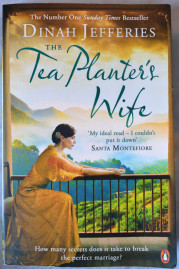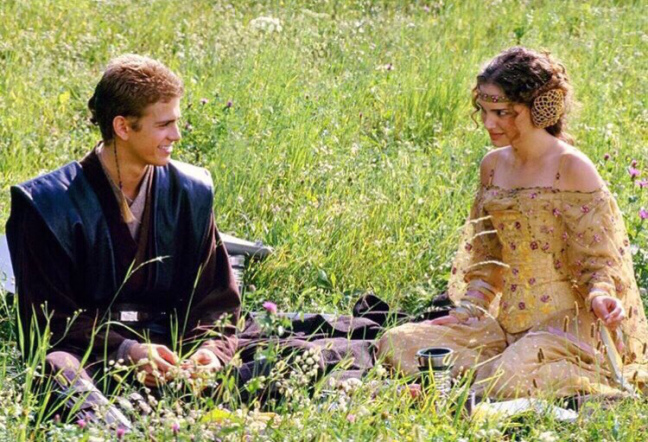
The Tea Planter’s Wife is set in 1920-1930s Ceylon and follows Gwen, a young Englishwoman who moves to Ceylon after marrying Laurence, the owner of a tea plantation. While she is getting used to life on the plantation, Gwen begins to discover the increasing number of secrets that her husband is hiding from her. Gwen soon falls pregnant, however, upon giving birth, Gwen realises that she also has secrets to keep from her husband. Secrets that begin to trouble her as the years go on.
Narrative
At the beginning of my experience reading this book, I thought that it would start using a similar formula to Before the Rains, the previous book that I had read from Dinah Jefferies. It seemed that the narrative would follow the same trend of an Englishwoman travelling to an exotic country, where she meets an excitingly mysterious man who makes her question her motives and choices. The book soon took a very different direction, filled with mysteries and secrets. One mistake leads to another with each mistake building up within Gwen. I even enjoyed this narrative even more than I did the narrative for Before the Rains and struggled to put it down once I started reading.
There was also a theme surrounding mental illness in the book, surrounding two of the characters, both depicting the effect that guilt and shame could have on a person which I thought was important in defining the lack of trust between Gwen and Laurence. However, it did seem as though the ending dismissed this with the idea that as soon as Gwen realised that Laurence knew her secret, everything was going to be okay.
Characters
I enjoyed reading about the development of Gwen’s character as the years progressed within the book. At the start of the book, at only 19, she was nervous, unsure, and inexperienced in many aspects of her life, particularly her relationships with people and her working life, traits that I was very much able to relate to. She struggled to ask people for help, especially in terms of work around the house (accounts, adjusting to life as a plantation owner). She expressed her fears and anxieties surrounding her husband and the secrets that were clearly kept from her. She developed throughout the book as she grew older and gained experience in these aspects of life.
Laurence was a character who had taught himself to keep as much to himself as possible. Something that both husband and wife seemed to have in common, although opening up to his wife would have solved a lot of the problems present in the book. But without these problems, would we still have this book to read? It was refreshing to see characters who were realistically flawed, which made them and their mistakes very easy to relate to. I wish there was more for me to say about Laurence though.
One more character that I wanted to talk about was Laurence’s sister Vera. Vera was one of the most insufferable characters I have ever read in a book, behind Princess Violet in Terry Goodkind’s Wizard’s First Rule. Despite learning about her difficult past and her fears, it was nearly impossible for me to like her. However, I do understand how important she was for the narrative and Gwen’s relationship with her husband.
Style
I love Dinah Jefferies’ style of writing. I enjoy how she describes her settings and the costumes of the characters, making it a lot easier to visualise her ideas within the book. Jefferies sets her books in exotic locations that allow me, a girl who has spent her entire life in the UK, to escape from this cloudy country made up of mostly green, brown, and grey colours and travel to countries filled with colour and picturesque scenes, much like the protagonists in the books of hers that I have read so far. She has a very gentle writing style, her books are easy to pick up and difficult to put down.
Rating
4/5 Stars – A fantastic read, I can’t wait to continue reading Dinah Jefferies’ work
Advertisements Share this:





